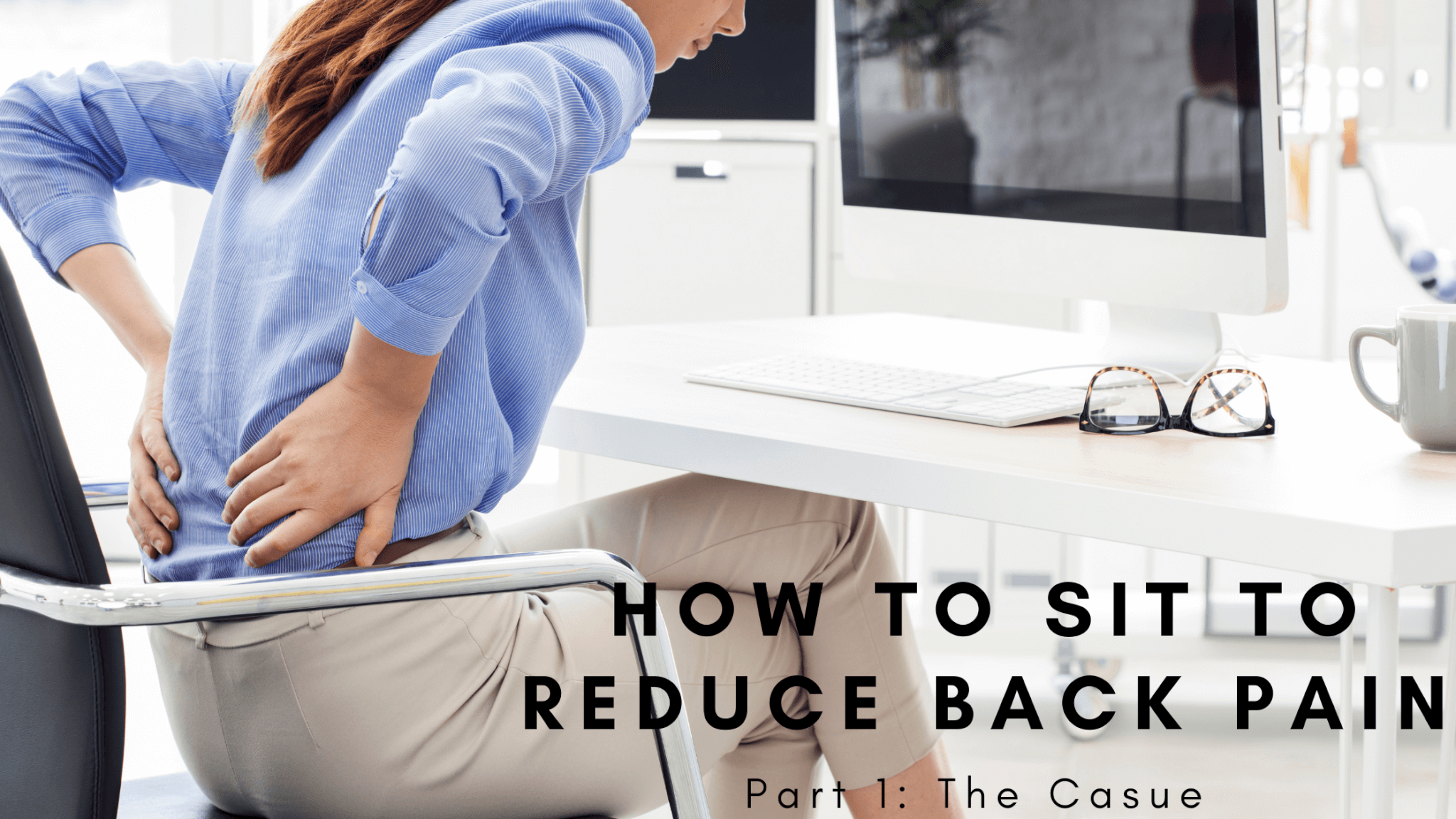Let’s sit down and talk about how to sit in a good postural position to prevent and reduce achy back pain. You may find it odd but yes, there is a proper way to sit down to avoid low back muscle fatigue. Whether you are at the desk, driving, or even just sitting at home in front of the TV. I guarantee this information will be helpful and a life changer when you implement the necessary cues for a healthier and happier spine.
First, let’s talk about some of the most common postural errors we see when dealing with the seated position from head to toe.
- Head- Typically protruding forward in front of the shoulders and chest. Common term these days is tech/text neck. The weight of the head forward puts a tremendous amount of excessive pressure on the muscles and joints of the cervical spine leading to headaches and tightness in the neck and shoulders.
- Shoulder/ T-Spine- Rounded forward to compensate for the extra weight on the neck. Usually reaching for a steering wheel or keyboard. This protraction of the shoulder blades shortens the muscles in our chest and weakens the back muscles that help us hold our posture. Being in this constant rounded forward position but extreme pressure on the lower back angled behind us as well as collapsing our rib cage preventing us from being able to take full breaths.
- Low Back- Low back rounded due to the hips tilting forward causing the lower spine to shift out of its strong neutral position. This is where the most trouble for lower back pain comes from. The muscles in the back are overstretched and tighten while the spine is being pressed against them. Just think of your spine being pushed against your muscle and skin. Doesn’t sound great does it.
- Hips- Lastly, we touched base on the hips in the last part but being in this seated position causes us to shorten our hip flexors. Your hip flexors and psoas muscles connect to the lower spine and core, when these muscles are constantly shortened and tightened then tend to pull on the spine and can cause sciatica or similar symptoms. Low back pain, hip pain, numbness, tingling. So keeping these muscles loose is top of the list to reduce unwanted soreness and pain in the seated position.
Next week in Part 2, we’ll discuss how to properly sit to fix all the aches and pains of poor posture. You can also check out my previous blog on “The 3 Minute Desk Reset” to get jump started on reducing your pain now.
